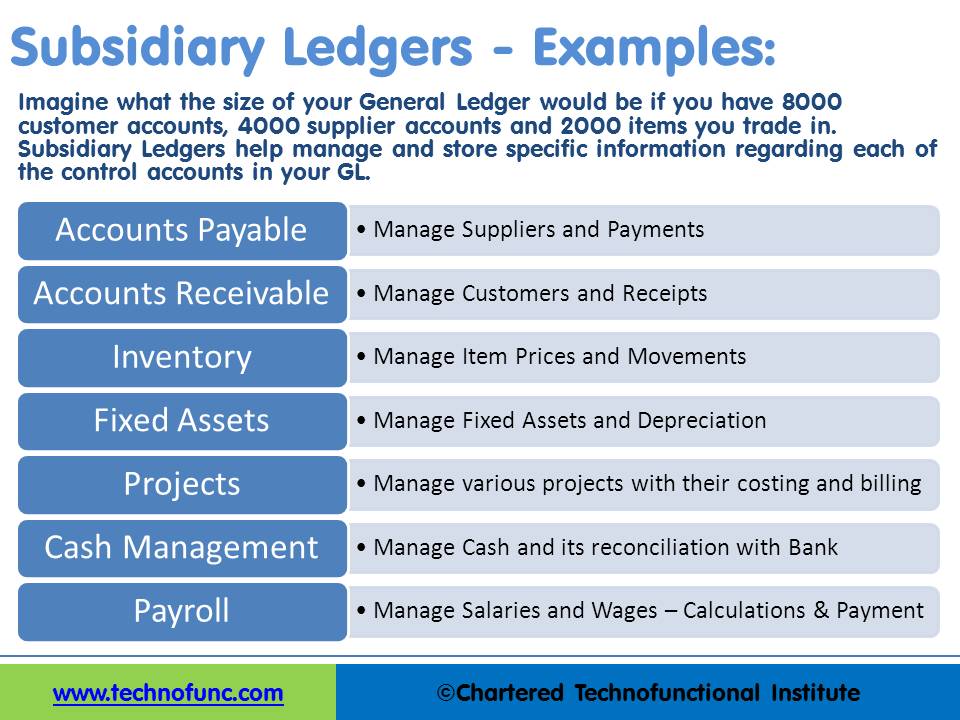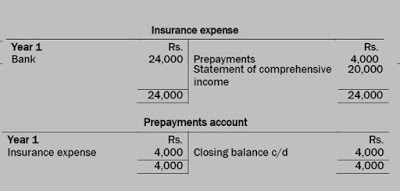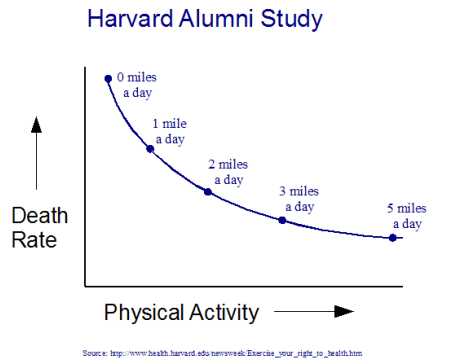
Outstanding shares decrease if the company buys back its shares under a share repurchase program. The total number of outstanding shares can change for a number of reasons. Three of the most common reasons for the fluctuation of outstanding share totals are stock splits, share repurchase programs, and the exercise of stock options and warrants.

Before you make any investment decision, it’s wise to seek advice from legal and finance professionals. Professional advisors can help you work through all of your complex issues and prevent you from making costly mistakes. The lawyers at UpCounsel’s How to calculate shares outstanding marketplace represent the top five percent of legal professionals and they come from the country’s best law schools. You can find advice from lawyers who have 14 years of legal experience offering counsel to Fortune 500 companies.
As indicated by the name, issued shares are included within the definition of issued and outstanding shares. Remember, it’s important to use the most recent and accurate data when doing these calculations. The number of outstanding shares can change over time due to the issuance or repurchase of shares, stock splits, or other corporate actions. Essentially outstanding shares comprise all the shares owned by institutional investors, retail investors, and restricted shares held by insiders. Before their availability on the secondary market, shares are authorized, issued, and, finally, purchased by investors who became equity owners or shareholders of the issuing company.
Is shares outstanding a good thing?
If you want to understand how to make money trading stocks, it’s critical to understand the different kinds of shares that companies make available. Calculating the number of outstanding shares a company has can help you to understand what proportion of a company’s stock is held by its shareholders. This, in turn, tells you which investors hold the largest numbers of shares, and therefore have the most influence at shareholder meetings. This number is also used to calculate several key financial metrics, so it’s important to understand how to calculate outstanding shares. The outstanding shares of a company can fluctuate for a number of reasons.
Crown Holdings, Inc.’s (NYSE:CCK) Intrinsic Value Is Potentially 49% Above Its Share Price – Simply Wall St
Crown Holdings, Inc.’s (NYSE:CCK) Intrinsic Value Is Potentially 49% Above Its Share Price.
Posted: Mon, 21 Aug 2023 11:46:47 GMT [source]
When the number of outstanding shares increases, the company’s liquidity improves. On the other hand, a lower number of outstanding shares can hamper a company’s liquidity, it also has the capacity to deter short sellers since it will become more difficult to borrow shares for short sales. When these reserved shares have been assigned to employees, contractors, or advisors through a stock option or grant from the SIP, they are allocated shares.
Shares Outstanding represent all of the units of ownership issued by a company, excluding any shares repurchased by the issuer (i.e. treasury stock). So when a company has 1 million shares outstanding, but only 650,000 are available to the public, the float is either 650,000 or 65% of the total shares outstanding. There are still some places where you can find this information, other than the SEC’s website. For example, you can usually find the number of shares outstanding on investor relations webpages, which are only available for publicly listed companies or on stock exchanges. Suppose a company issues 1000 shares and 200 shares are kept in the company’s treasury, determine the company’s shares outstanding.
Issued shares
The inputs you’ll need for this calculation are located on the balance sheet. Our writing and editorial staff are a team of experts holding advanced financial designations and have written for most major financial media publications. Our work has been directly cited by organizations including Entrepreneur, Business Insider, Investopedia, Forbes, CNBC, and many others.
- Therefore, the more shares that are outstanding, the more the profit is split.
- Shares outstanding does not include shares held by the business, also called treasury stock.
- It is shown as part of the owner’s equity on the liability side of the balance sheet, under the heading, “Capital Stock”.
- Lowering the number of these shares may inhibit liquidity, but it may also deter short sellers from the stock because of the difficulty of borrowing the shares.
- If I decide to split my company into 1,000 pieces, and then I sell all 1,000 pieces, I might not own my company anymore.
The balance sheet is one of the key documents that investors use to evaluate a company, so it’s important to become familiar with it. Therefore, the shares outstanding after that date (and retired on 1 September) are not the same as those that existed prior to that date. Thus, the situation during the year was equivalent to having 111,000 shares outstanding throughout the year. Group 2 consists of the 8,000 shares outstanding from 1 April to the end of the year and group 3 is the 12,000 shares outstanding from 1 April to 31 August. The weighting of each group by the fraction of the year it was outstanding is shown below.
What are shares outstanding?
600 shares are issued as floating shares to the general public, 200 shares are issued as restricted shares to company insiders, and 200 are kept in the company’s treasury. We will say that the company has 800 outstanding shares and 200 treasury shares. Typically, the issued and outstanding shares of a company are its capital stock, which is a combination of common stock and preferred stock. Each of these are further divided into subcategories based on different rights and preferences. Common stock is generally subdivided based on voting rights; for example, Class A common stock will have the right to vote, while Class B common stock will not. Preferred stock’s subdivisions are usually based on the various purchase prices, protective provisions, and other rights granted to the preferred stockholders.

One is that knowing the shares outstanding can help investors find the market capitalization (total value) of a business. Multiply the share price by the number of shares outstanding to find a company’s market capitalization. It includes the authorized shares that were never issued and shares bought back from the market. Shares that form part of employee compensation or part of stock options are part of treasury stock. Stock options and warrants can also cause the number of outstanding shares to fluctuate.
Weighted Average of Outstanding Shares
The outstanding shares formula is represented as issued shares minus shares held in the company’s treasury or treasury stock. Through this formula, one can determine the outstanding shares of a company. However, it’s important to note that the number of outstanding shares can change over time due to actions like stock splits, share buybacks, or issuance of new shares. So, the number of shares obtained from a prior balance sheet or calculated based on past data might not reflect the current number of outstanding shares. It’s always best to check the most recent financial statements or reliable financial news sources for up-to-date information. It’s worth noting that a company’s basic number of shares outstanding can differ from its fully diluted number of shares.
Shareholders of common stock typically possess the right to participate in annual shareholders meetings and contribute toward the election of the company’s board of directors. This can be as compensation, as part of a stock split, as conversion of shares, pursuant to execution of stock options. Regardless of the reason for receiving shares, determining the value of shares received depends upon the number of shares outstanding and the value of the company. The value of the company is subject to any number of valuation methods employed by the evaluators.In this article, we explain the process for determining an individual’s share ownership percentage.
- There are several actions that could trigger this block including submitting a certain word or phrase, a SQL command or malformed data.
- Outstanding shares can also be used to calculate some key financial metrics, including a company’s market cap and its earnings per share.
- This includes restricted shares held by company employees or shares that are part of a large fund like a mutual fund.
Issued stock is the total number of a company’s sold shares held by shareholders. One way is through allowing members of the public to buy little pieces of the company. These little pieces of the company are called stock and are usually referred to as shares, because owning them means that you own a ‘share’ of the company. For example, if you own stock in XYZ Company, you could say that you own a certain number of shares in XYZ Company, depending on how many shares of stock you bought. Changes in shares outstanding over time also reveal how valuable shares are as a stake of ownership in the company, as the number of shares available directly affects this. Companies can issue shares at the time of incorporation, IPO, or for raising capital.
The term outstanding shares refers to a company’s stock currently held by all its shareholders. Outstanding shares include share blocks held by institutional investors and restricted shares owned by the company’s officers and insiders. A company’s number of outstanding shares is not static and may fluctuate wildly over time. You can find the number of shares outstanding by looking at the company’s balance sheet.
Shares outstanding are the stock that is held by a company’s shareholders on the open market. Along with individual shareholders, this includes restricted shares that are held by a company’s officers and institutional investors. The number of shares outstanding increases whenever a company undertakes a stock split. Stock splits are usually undertaken to bring the share price of a company within the buying range of retail investors; the increase in the number of outstanding shares also improves liquidity.
If a condo has six units in it, each person who owns an apartment owns a share of the building. Because there are six units, there are a total of six shares in the building as a whole. If the condo association adds a new unit, there will now be seven shares, and each share is worth a smaller slice of ownership. If one apartment is removed, then there are only five shares left, and each share becomes worth a larger portion of the building.
There is no specific formula, the calculation needs to be done by hand or with a computer program. In this case, group 1 consists of 200,000 shares deemed to have been outstanding from 1 January to 31 December. Further, the number of shares used in computing the average is to be weighted by the fraction of the year that the shares were actually outstanding. This article has been prepared on the basis of internal data, publicly available information and other sources believed to be reliable. The information contained in this article is for general purposes only and not a complete disclosure of every material fact.
Companies can issue new shares and buy back shares, which affects the value of the shares they hold. Investors should track the number of shares outstanding throughout the investment period to determine how these changes impact their investment earnings. These may be the shares issued to company executives or employees that are subject to a vesting period or other conditions. A share buyback is when the company buys back all its own shares from the market and takes them out of circulation. The shares can be grouped according to the length of time that they were outstanding.
Also, the figure will change when other financial instruments, like employee stock options, are converted into shares. Since a company is lowering the number of shares outstanding when performing a share consolidation, the price of each share should rise in value. Note that as the number of outstanding stock decreases by 1,000, the company’s EPS increases by 6.54%.
On the other hand, a company generally embarks on a reverse split or share consolidation if it wants to bring its share price into the minimum range necessary to satisfy exchange listing requirements. Analysts use the number of outstanding shares in calculating key metrics such as a company’s market capitalization, earnings per share (EPS), and cash flow per share (CFPS). The number of a company’s shares outstanding is not static, it is bound to fluctuate over time. A company’s number of issued shares includes any shares the company has bought back and now holds in its treasury. The term “float” refers to the number of shares available to be traded by the public and excludes any shares held by company executives or the company’s treasury. The number of shares outstanding can (and usually does) fluctuate over time.

